Building Resilient Communities: Lessons from Changemakers Worldwide
Across the world, leaders of local communities are finding ways to unite their grassroots efforts into strong and resilient communities.
Urban farms are turning food deserts into communities with more opportunities, jobs, and hope. Youth programs are also creating a new generation of innovative leaders who can drive positive change in their local areas.
These groups are coming up with roadmaps of sustainability, the case for disaster preparedness, the establishment of economic development, and so on their model for revival is to be adapted globally.
Lapping up streams of hope and empowerment, with solidarity, their efforts create prompting waves that resonate all over communities.
By reflecting on lessons from changemakers around the globe developing local resilience, this article looks at insight into various issues.
Understanding Resilient Communities
The concept of community resilience can be described as a measure of a communityâs ability to adapt, sustain, and rebound from disruptions.
Resilient communities portray a wide range of adaptive capacities to rebound from adverse circumstances and to transform in the face of changing conditions.
- Social links and a sense of community
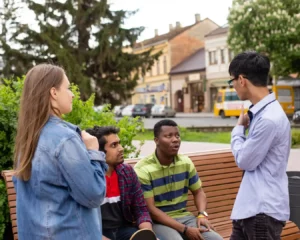
They make life more manageable in times of need. If the affected community is closely knit with neighbors looking out for one another, recovery is faster. - Economic Diversity
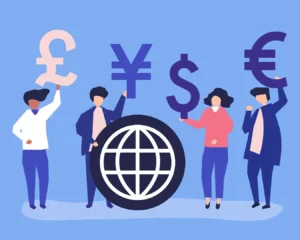
It protects against industry setbacks or sector collapse and of course, the cushion effect is visible.
The communities that are more dependent on one employer or one industry are more prone to economic hitches. - The availability of vital resources

Such as food, clean water, medicine, and housing to communities is key in ensuring comfort during a crisis. Resources may be stockpiled before the emergency or provided as a relief effort. - Leadership and community organization
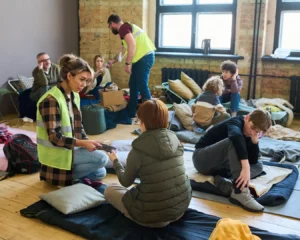
They are effective because they aid in readying and mobilizing residents.
Response is successful where there is appropriate governance and also proper planning during disasters, coordinated action seeks to address the situation. - Education and flexibility
It lets communities enhance the quality of their preparation and actions. Safer capacity is thus developed through evaluating past experiences. - Equity and exclusion
It guarantees access to all the necessary basic resources and networks of support. Some vulnerable groups might demand more help.
By making efforts, communities can enhance their resilience and capacity to cope with both sudden traumas and sustained stressors. Cohesive social relations and resources are crucial ingredients.
Changemakers as Catalysts
Changemakers are innovators who take action proactively to solve problems including social, environmental, or economic challenges within their organizations in a community.
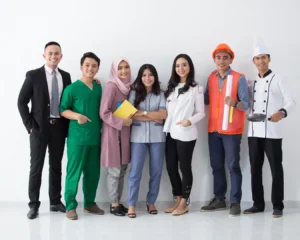
They pursue their mission with a desire to make this world a better place.
Changemakers are everywhere and everyday people â students, professionals, activists, social entrepreneurs. They both have qualities such as resourcefulness, determination, and some form of leadership.
Community development refers to a process where members of a community develop a joint action plan of their lives to improve their lives.
It includes the capacity to solve problems and address issues in the community.
Community development celebrates active involvement, equity sharedness, capacity building, and indigenous leadership.
Objectives consist of economic growth, healthcare, education, shelter, employment, safety, sustainable development, and social equity.
- Volunteer in local nonprofit organizations to create and provide direct services that will enable them to have an understanding of the needs of communities.
- Unite group members around a common cause or problem. Initiate a campaign on the ground to promote the adoption of policy changes.
- Starting a social enterprise to meet an unmet need while employers profit.
- Train groups of marginalized to educate and empower them.
- Innovate new ways to fund community initiatives as philanthropy, and impact investing.
- Tell stories on the streets, and in the cities, and even share them on social media to promote overseen issues.
- Mentor youth in building capacity for emerging leaders. Run for local office or sit on committees to influence the decisions.
Be it in big or small actions, individual initiatives can find progressive momentum within the community as long as they are charged with emotions of compassion, conviction, and collaboration. In working together, the ordinary citizen becomes a âchangemakerâ.
Community Engagement Strategies in Building Resilient Communities
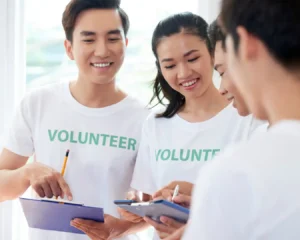
Here are some strategies for engaging communities:
- Incentivize participation
You can create an ambassador program to invite employees and customers to join. Then, you can select brand ambassadors and reward them. - Ask for surveys
Surveys are a great way to collect feedback from community members. You can run surveys to get feedback on your community and your brand. - Create a sense of purpose
You can speak directly to members, use multiple channels, and let members take the lead.
You can also reward active members, celebrate their accomplishments, and share their content. - Moderate firmly but fairly
You can keep trust and order in your community by moderating firmly but fairly.
Changemakers help communities in various ways for example we have written an article about Solving the âWater Problemâ For Different Communities Differently
Collaborations and Partnerships
Collaborations and partnerships play a vital role in building resilient communities.
When different stakeholders come together to work towards a common goal, they can pool their resources, expertise, and perspectives to create solutions that are more effective and sustainable than those that could be achieved by any one group working alone.

There are many examples of successful partnerships that have helped to build resilient communities.
- For example, in the wake of Hurricane Katrina, a collaboration between the government, non-profit organizations, and businesses helped to rebuild homes and infrastructure, provide food and shelter to those affected, and develop new strategies for disaster preparedness and response.
- Similarly, in the face of the COVID-19 pandemic, collaborations between healthcare providers, researchers, and governments have led to the development of vaccines and treatments, as well as the implementation of public health measures that have helped to slow the spread of the virus.
Overcoming Challenges in Resilient Communities
Community development is a complex and challenging process, and there are several common challenges that communities face. These include:
- Lack of resources

Communities often lack the financial, human, and technical resources needed to implement development projects. - Political and social conflict
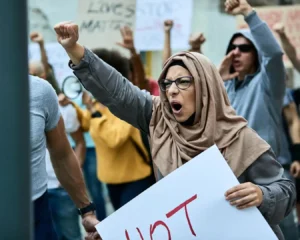
Communities are often partitioned along the political, social, and economic lines to ensure that disagreements arise in trying to reach an agreement on what development means for them and the priorities to be given. - Environmental challenges
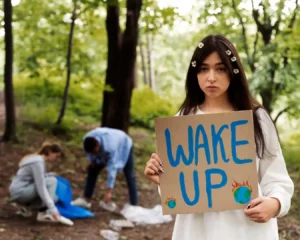
A case in point is that communities are facing challenges related to the environment like climate change, pollution, and environmental disasters among others. - Lack of capacity
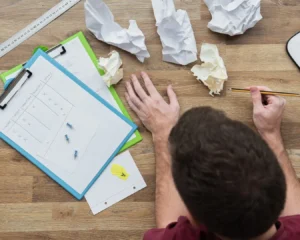
There is a capacity shortage within communities when there is no proper planning, implementation, and handling of development projects.
Letâs Recall
Overall, the teachings from the changemakers of the world offer us guidance on how we can have a fair, equal, and environmentally friendly earth.
By accepting the ideals of resilience, partnership, and innovation, Here at UPDEED, we are making communities stronger in terms of all challenges to face and achieve success.
As we reflect on the business of these changemakers in these stories, it is evident that resilient communities are a critical factor in improving well-being. Generally, communities that are resilient to change and can stand up after a fall will ultimately become successful.
They are also better trained to tackle the complicated issues that manifest themselves in todayâs world, including global warming, the wealth gap, and social evils.
We need to lead by example as individuals and contribute to developing resilient communities that positively drive change in the world.
If only we united in our communities, supported local causes, and did not live as strangers to ourselves, we would be able to change the world for the better.
- Lend a hand for free to something you believe in.
- Support local businesses.
- Socialize with your immediate neighbors and become friends. Support those politicians, who have the right values.
This strategy, if followed, would lead to a more resilient and sustainable world for all of us.
Ready to make a positive impact in the world?
UPDEED is the place for you. Our free and open platform is filled with inspiring stories from individuals and organizations who are making a difference in their communities and beyond. Connect and collaborate with like-minded individuals from around the globe on UPDEED, and discover your own potential to create meaningful change. Join our community and make a difference.Â





